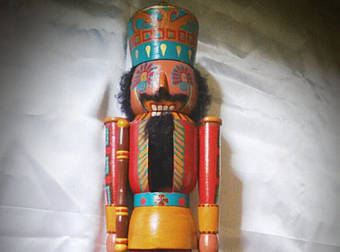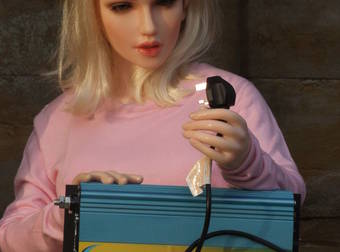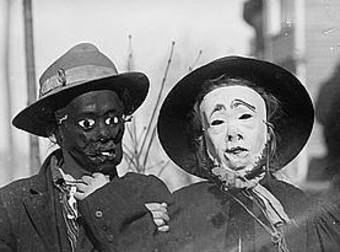In 2007, a photography collector in China by the name of Tong Bingxue received a phone call. The caller had recently acquired a book of photos and was seeking an appraisal. It was a pretty typical call, that is, until Tong saw the photos.
The book, A Life in Portraits, featured a photo taken every year of a man named Ye Jinglu, who was born in the city of Fuzhou in 1881. He started taking yearly portraits in 1907 at the age of 27, and continued the tradition until his death in 1968. He stayed in Fuzhou for much of his life with his wife, save for some business travel, and worked as a shop manager. As expected, the photos show his growth and changes over the 61 years of his personal tradition, but they show something else, too.
In 1907, the year of the first photo, China was still ruled by the Qing Dynasty, a familial line of emperors in a tradition that dates back thousands of years in China. To give you an idea of how long dynastic rule had been in place, the Qing Dynasty, which was only one of many dynasties, began in 1644. In 1912, though, the dynasty fell and China became a republic. Later, it would become a Communist state under Mao. Even though they are only of one man, the photos show a shift in the culture and politics of an entire nation.
1907
1909
1912
1916
1924
1925
1932
1935
1941
1949
1950
1955
1964
1968
The book features all 61 photos, and you can see Ye’s growth in more detail. Series over time are always fascinating, like Nicholas Nixon’s photos of the Brown sisters, as they show us a person’s growth with only the visual clues seen in the photos as reference to what might be happening in their lives.
Via Hyperallergic
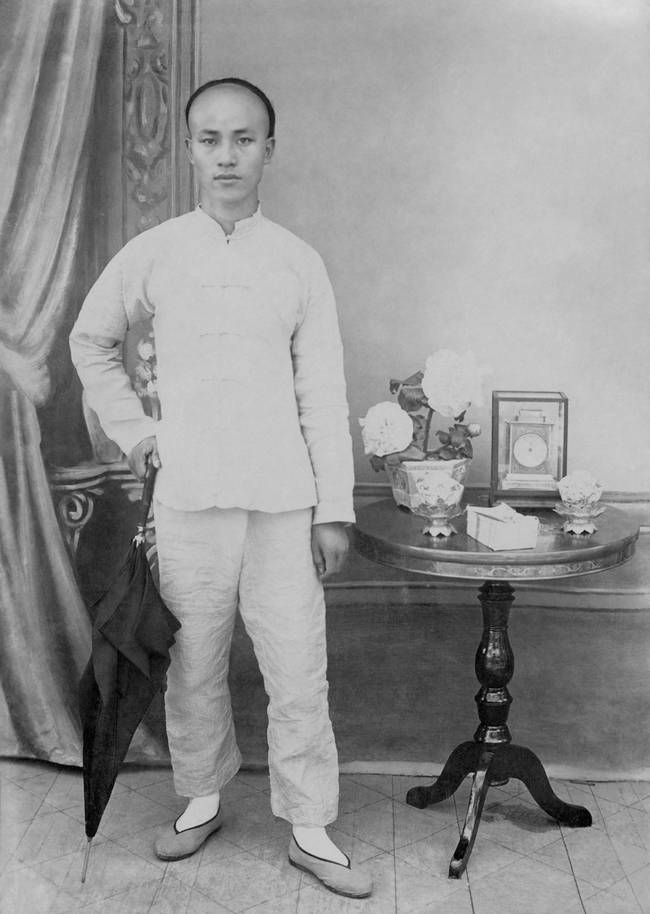 share
share
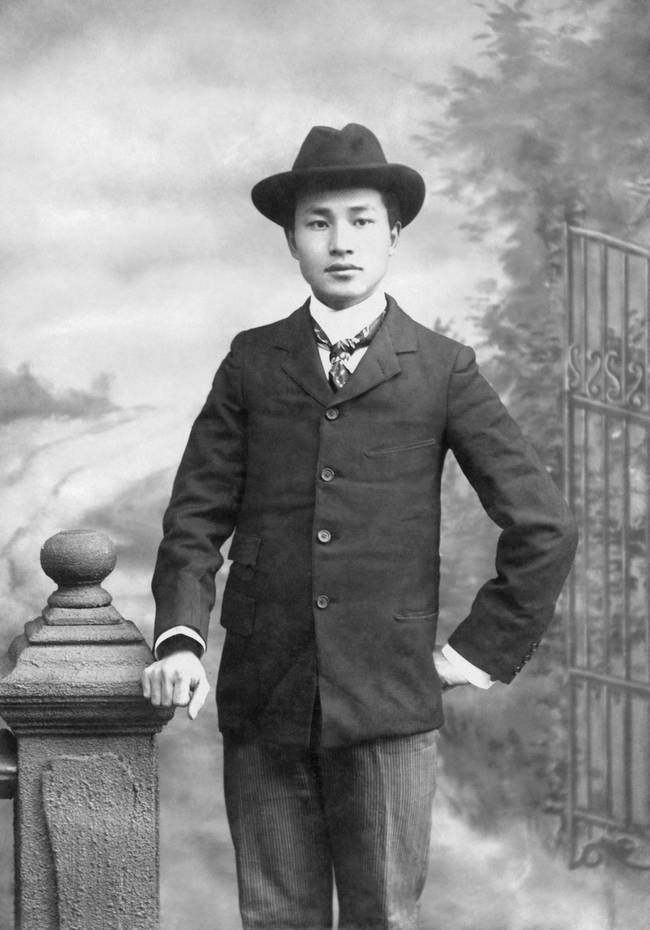 share
share
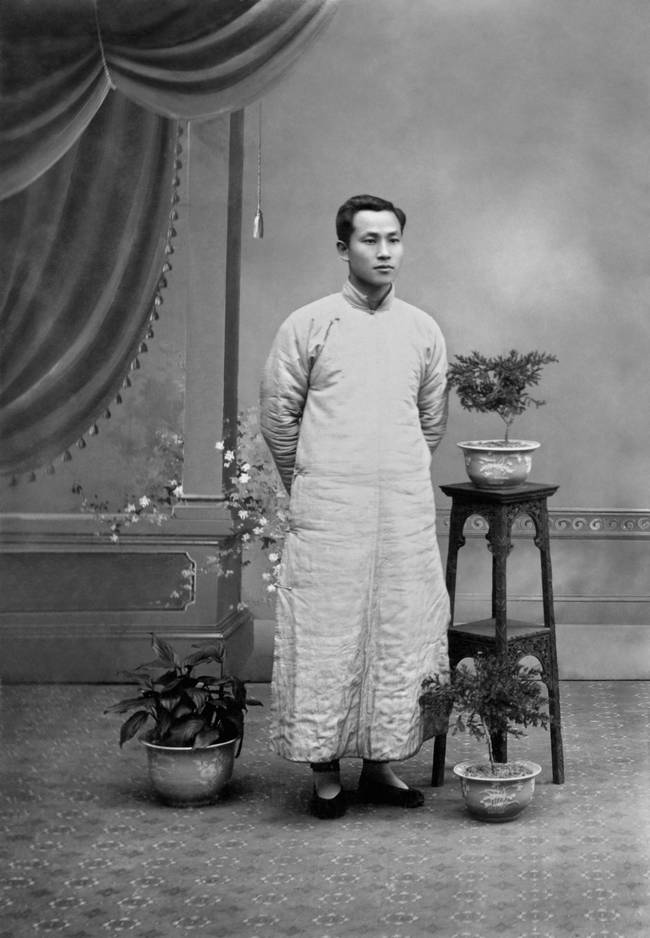 share
share
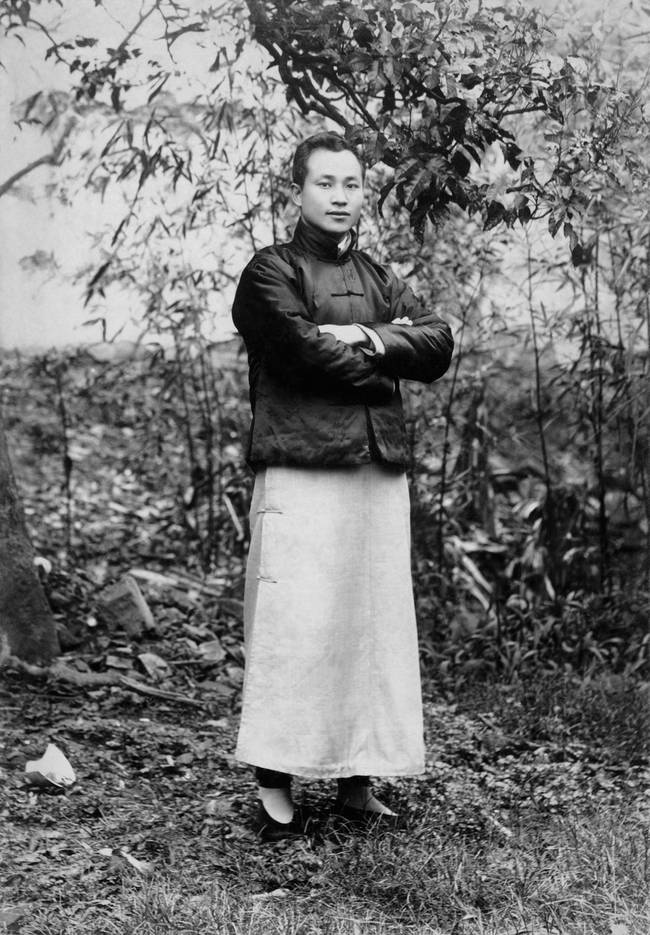 share
share
 share
share
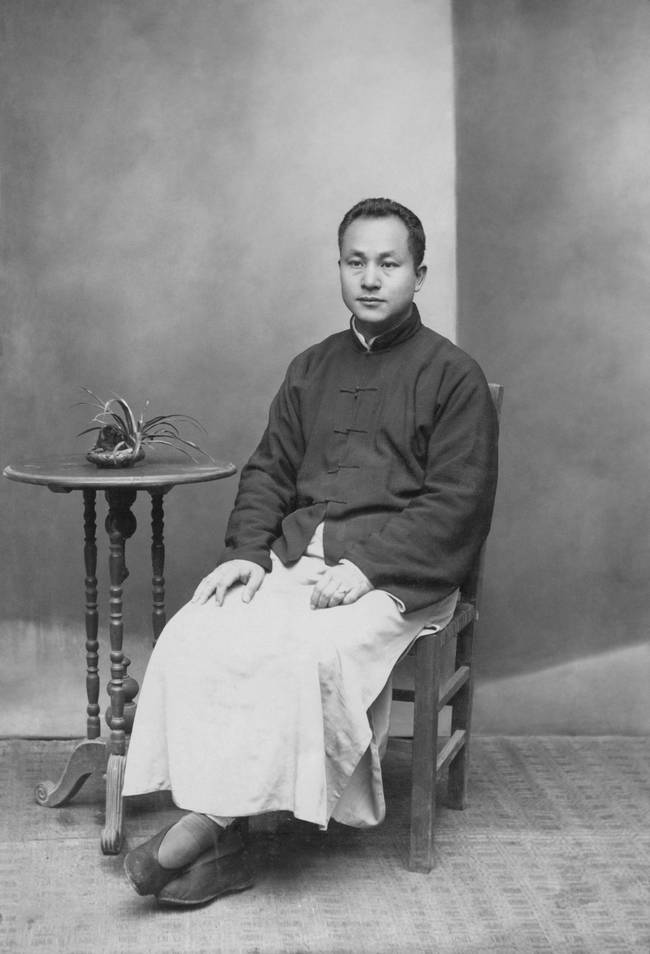 share
share
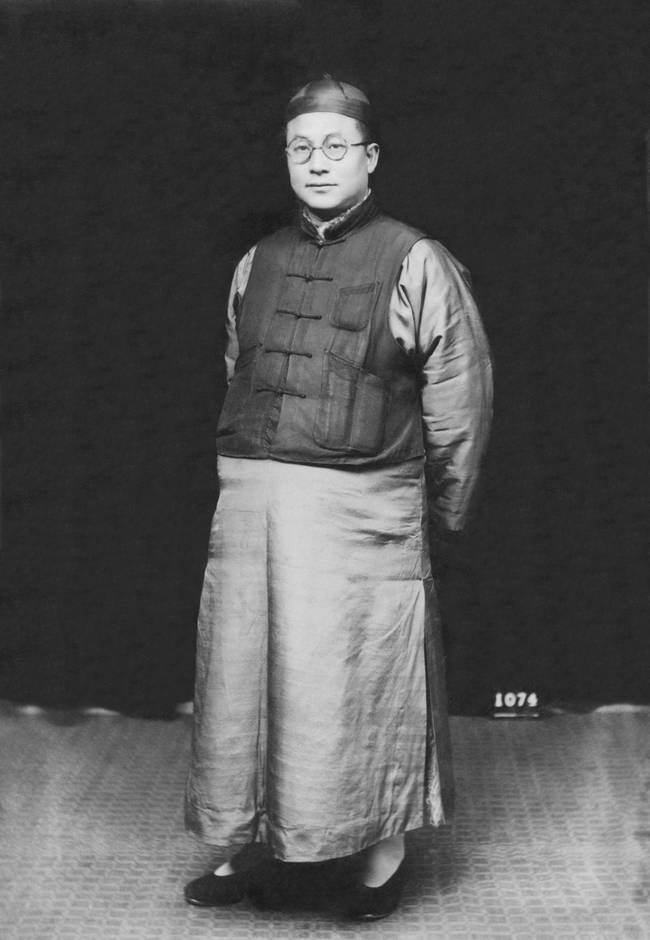 share
share
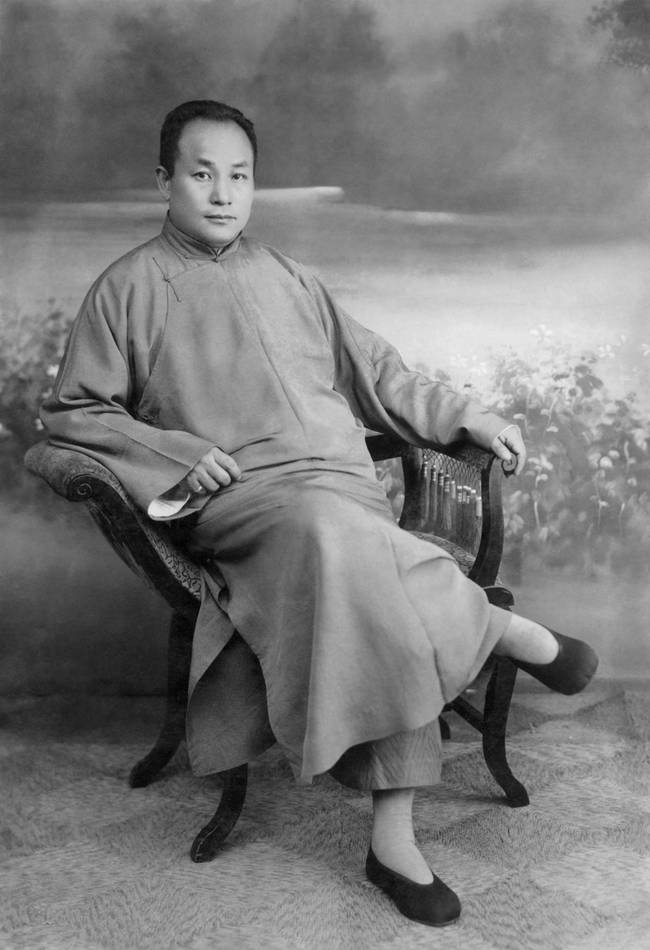 share
share
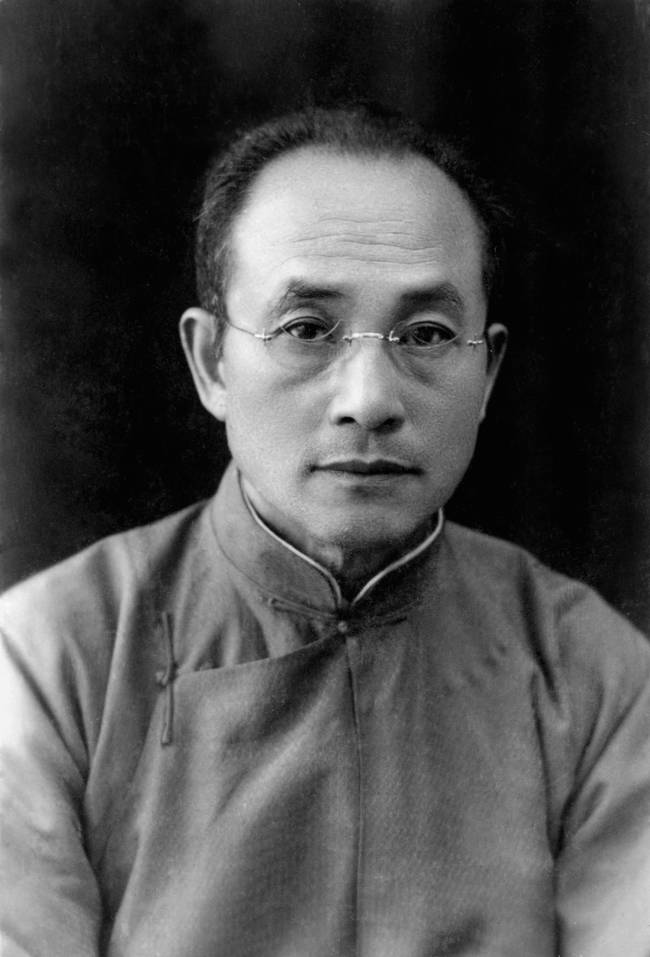 share
share
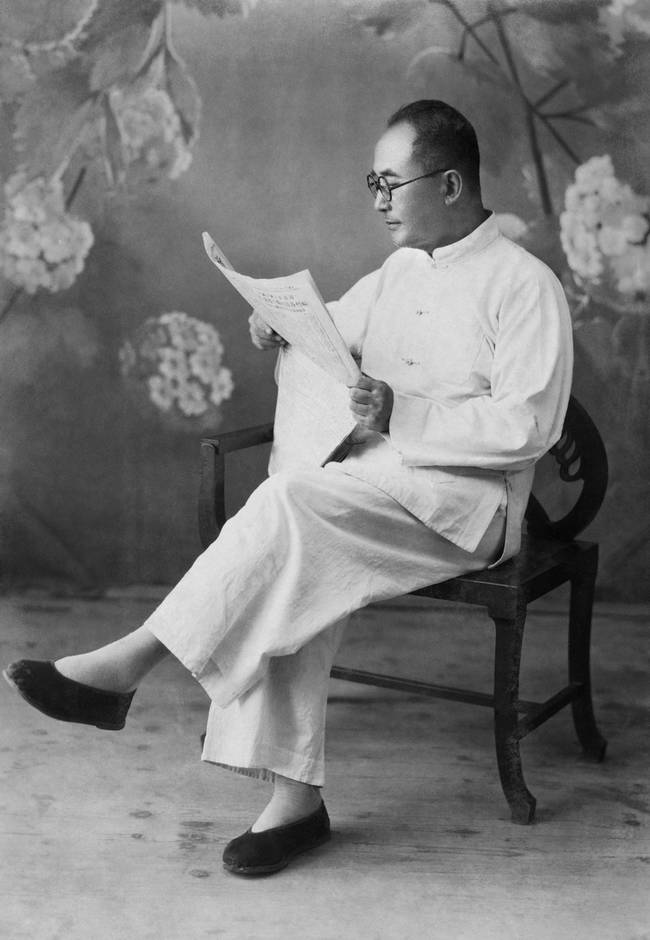 share
share
 share
share
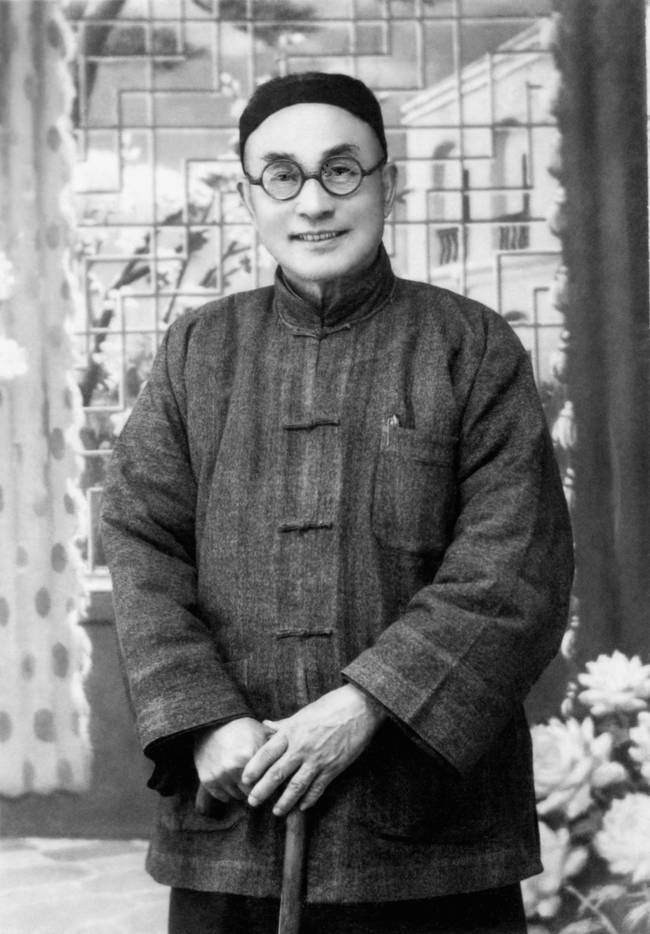 share
share
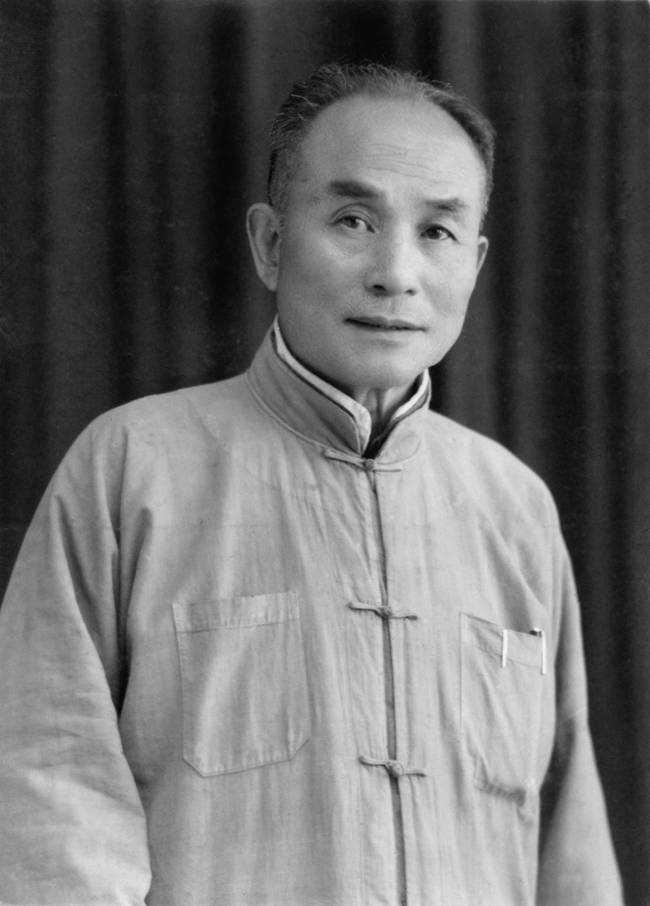 share
share
 share
share
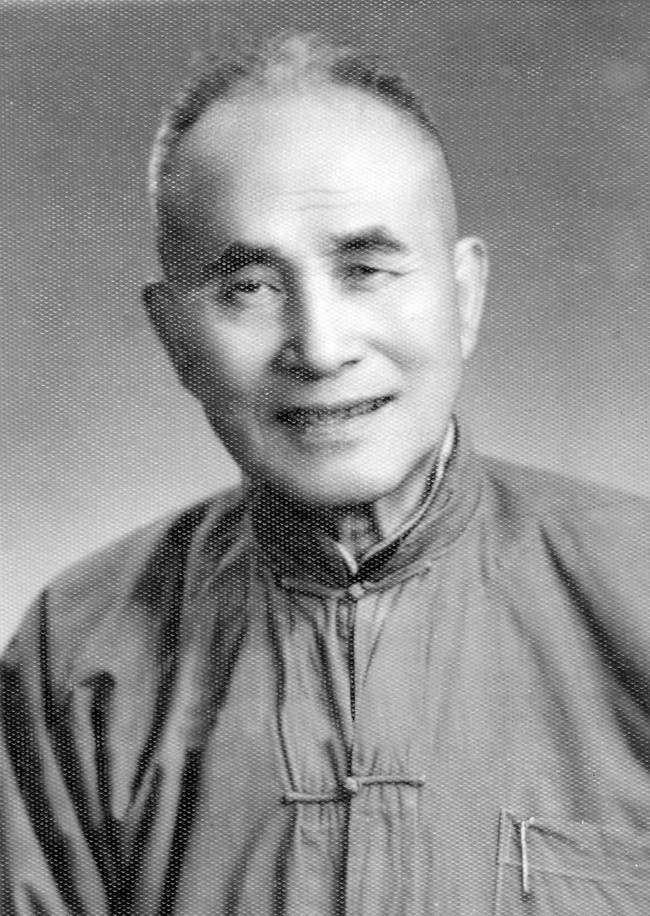 share
share

